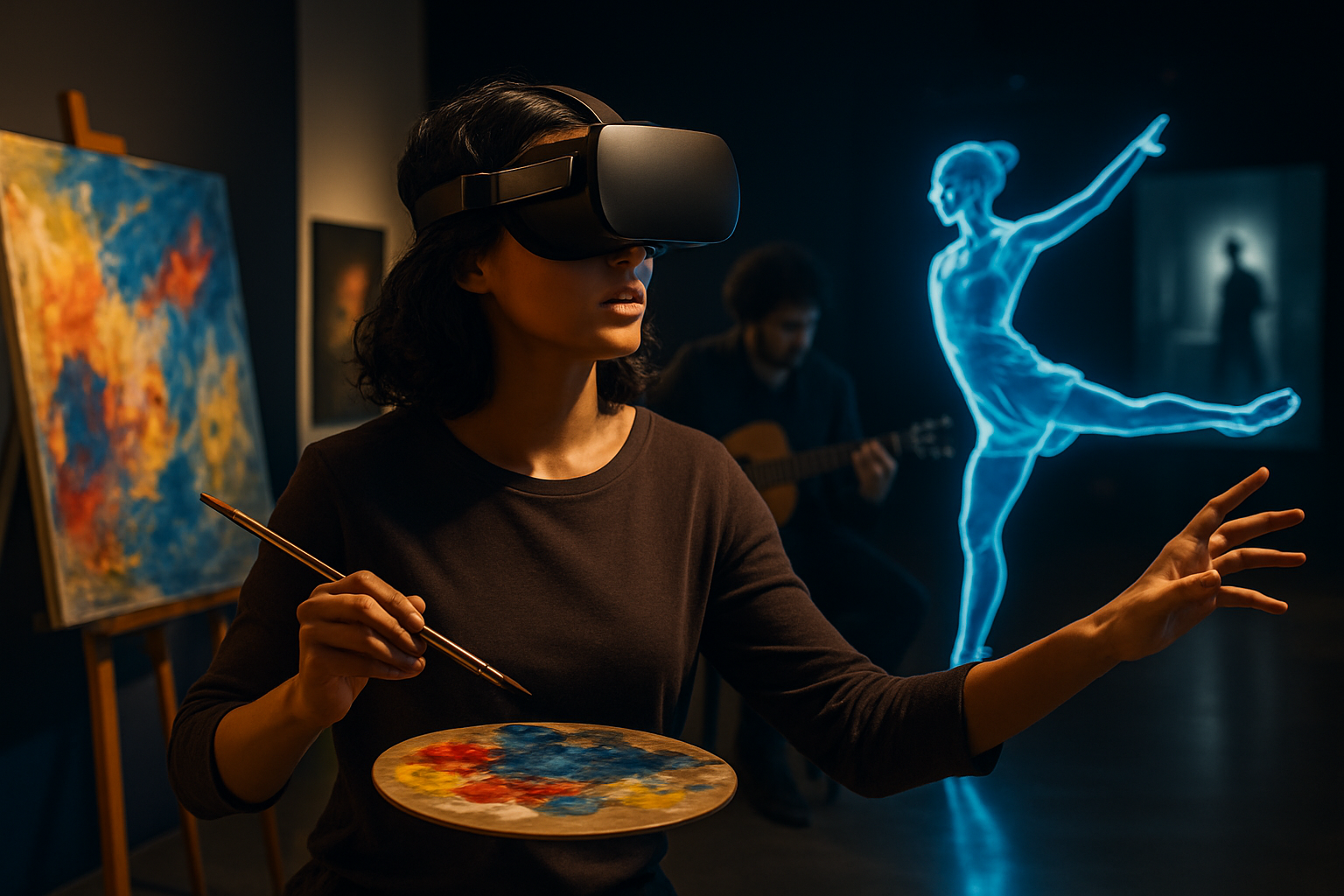Understanding the Rise of Interdisciplinary Arts: A Modern Merge of Genres
In the rapidly transforming landscape of arts and entertainment, one trend is silently but surely changing the game—Interdisciplinary Arts. As boundaries blur between genres, artists are redefining conventions, creating hybrid forms that are stirring both excitement and debate. This article delves into the history, current trends, and the significance of interdisciplinary arts, offering a fresh perspective on the ongoing evolution in the creative industry.

A Glimpse into the Past: The Origins of Interdisciplinary Arts
Interdisciplinary arts, although a relatively recent term, has a historical foundation dating back centuries. From the Renaissance polymaths to the avant-garde movements of the 20th century, artists have always dabbled in multiple disciplines, challenging the rigidity of artistic boundaries. The term ‘interdisciplinary arts’ came into prominence in the late 20th century, reflecting the growing trend of artists incorporating multiple forms into their work.
The Present Scenario: Interdisciplinary Arts in Today’s World
Fast forward to today, and interdisciplinary arts are shaping the cultural narrative like never before. Artists are increasingly merging forms, creating hybrids of music, dance, visual arts, film, and more. This fusion is not limited to the stage or gallery, as digital platforms have opened up new avenues for interdisciplinary expression. For instance, virtual reality has become a potent tool for artists to create immersive, cross-disciplinary experiences that challenge the viewer’s perception and engagement.
The Impact: Why Interdisciplinary Arts Matter
The importance of interdisciplinary arts goes beyond mere artistic innovation. It signifies a shift in cultural perception, acknowledging the fluidity and interconnectedness of creative forms. These hybrid works challenge traditional notions of genre, medium, and space, creating a dialogue that transcends artistic boundaries. They also offer a platform for diverse voices, incorporating elements from various cultures, periods, and social contexts.
Reception and Critique: The Mixed Response to Interdisciplinary Arts
As with any paradigm shift, interdisciplinary arts have faced both applause and criticism. While many laud these works for their innovation and inclusivity, others argue that such fusion can dilute the essence of individual art forms. However, most agree that interdisciplinary arts have broadened the creative horizon, paving the way for a more dynamic and inclusive artistic future.
Looking Ahead: The Future of Interdisciplinary Arts
Despite the debates, the trajectory of interdisciplinary arts seems promising. As technology continues to evolve, artists have more tools at their disposal to experiment with and redefine creative expression. With the global cultural landscape becoming increasingly interconnected, the trend towards interdisciplinary arts is likely to persist, shaping the future of the arts and entertainment industry in ways we are just beginning to understand.
In conclusion, the rise of interdisciplinary arts symbolizes a transformative phase in the creative industry, where innovation, inclusivity, and fluidity are celebrated. As we venture further into this new era, we can look forward to more groundbreaking works that challenge conventions and redefine the boundaries of artistic expression.






